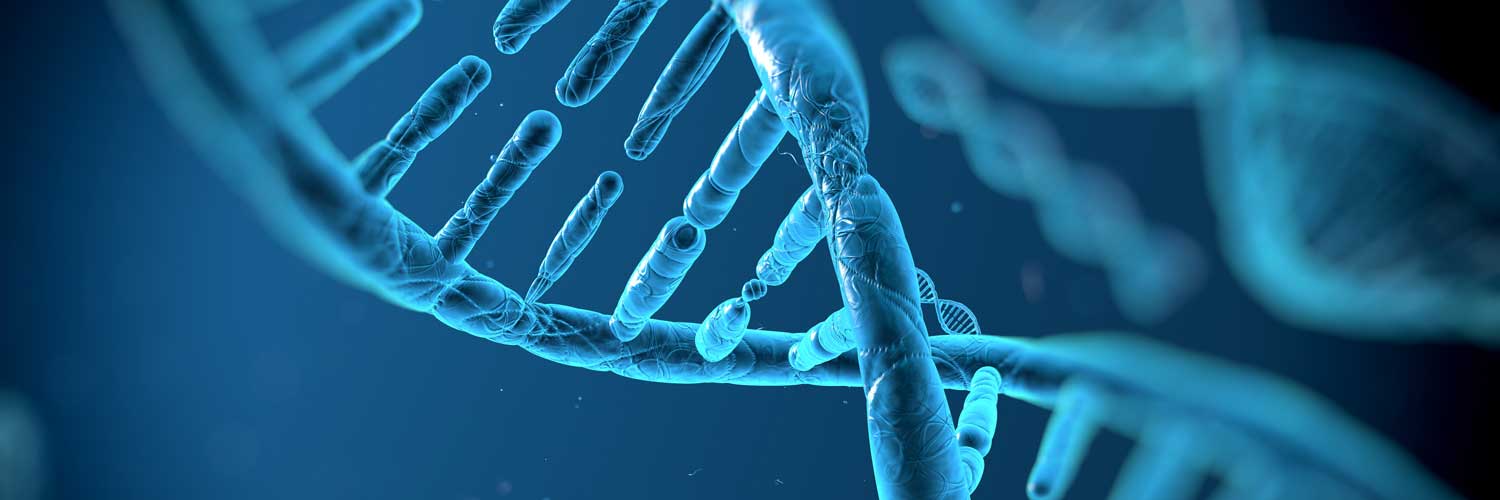Key points of frozen embryos
- Embryo freezing, also known as cryopreservation, is a technique used to freeze and store embryos at a very low temperature (-196°C) for later use. It is a common procedure to help women get pregnant with in vitro fertilization (IVF) treatments in the future.
- Embryo freezing is a viable option for women who wish to delay pregnancy for personal reasons while increasing their chances of success using their more viable eggs when they are younger.
- It is also a good option for people whose future fertility may be compromised, such as cancer patients facing fertility-harming treatment.
- Frozen embryos are also used in embryo donation for those with certain infertility or genetic issues as well as for LGBTQ+ people.
- Embryo freezing from one IVF cycle where multiple eggs are retrieved and fertilized to become embryos allows for multiple embryo implantations in the future.
- The risks of embryo freezing are similar to those associated with IVF in general, and the freezing of the embryo has no significant effect on its viability, development or quality in comparison to other embryos.

At Ember, everyone is a VIP – very important patient
And we have a thing for the small things: Each Ember patient gets a dedicated fertility coordinator, a patient’s personal care guide through every clinic detail, from the very first phone call to meeting your little miracle. Schedule your appointment today using our online self-scheduling tool.
What is a frozen embryo?
A frozen embryo is a fertilized egg that has been cryopreserved, or frozen at a very low temperature (-196°C) and stored for later use. The embryo is created in an IVF laboratory setting through IVF by fertilizing a retrieved egg with sperm. Once the embryo is formed, it can either be transferred to the uterus immediately or frozen for future use.
Frozen embryos can remain viable for many years and can be thawed and transferred to the uterus when the woman is ready to attempt pregnancy. Frozen embryos are a good option for women who wish to delay their pregnancy or whose fertility may be compromised due to medical treatments or conditions.
The process and outcome are similar to another form of fertility preservation, egg freezing. However, egg freezing involves retrieving eggs from a woman’s ovaries and freezing them without fertilization. That step of egg fertilization to form an embryo is done at a later date.
Frozen embryo transfer
When the woman is ready to attempt pregnancy, frozen embryos can be thawed and transferred that day to the uterus in the implantation step of IVF. This is done at a favorable time in the woman’s menstrual cycle to optimize the chances of successful implantation. She will take medications beforehand to prepare the uterine lining for the embryo and to reduce ovarian activity.
Embryo freezing process
The process of freezing an embryo involves several steps.
- Fertilization: Eggs are retrieved from the woman’s ovaries and fertilized with sperm in our IVF laboratory to create embryos.
- Embryo culture: The resulting embryos are grown in the laboratory for a few days until they develop into embryonic cell clusters called blastocysts, which have the best success rate for successful pregnancy and childbirth.
- Cryopreservation: Our embryologist freezes all blastocysts (even those of poor quality) in liquid nitrogen and stores them in our specialized lab facility for future use. At the time of implantation, we select the “healthiest” blastocyst(s) for transfer.
Unused frozen embryos can be stored indefinitely. They can be donated for research or to infertile couples and those with genetic issues who risk passing on a genetic disease to their child. Frozen embryos can be used in third-party reproduction necessary for single parents and those in the LGBTQ+ community.
Related Reading: Embryo Donation

No detail too small
- Ember offers a high-tech approach to fertility care that sets us apart from other clinics.
- We use next-generation sequencing for comprehensive preimplantation genetic testing.
- Our state-of-the-art laboratory equipment and techniques ensure the highest quality embryos for transfer.
- We use cutting-edge diagnostic tools to identify any underlying conditions that may impact fertility and inform personalized treatment plans.
- By combining advanced technology with our personalized approach to patient care, we create the best possible outcomes for our patients.
Who should consider embryo freezing?
Embryo freezing is an effective method of preserving fertility for women who wish to delay their pregnancy or are undergoing medical treatment that could negatively impact fertility, such as cancer. Moreover, women who have a low number of viable eggs or poor egg quality may consider freezing their embryos as a backup option for future pregnancies.
It is important to note that not all women are good candidates for embryo freezing. Research shows that IVF outcomes using frozen or fresh embryos still depend on each individual’s case. The decision should be made in consultation with our fertility specialist who can assess the woman’s individual circumstances and provide personalized recommendations.
Embryo freezing is also an important consideration for individuals undergoing gender transitioning. Freezing eggs or embryos before undergoing hormone therapy or surgery can allow transgender men to have biological children in the future.
Embryo freezing vs. egg freezing
Whether to freeze eggs or embryos is a question many Ember patients ask. When debating that decision, there are a few important considerations for patients to keep in mind.
- Know that frozen embryos have a significantly higher chance of surviving the thaw process compared with frozen eggs. In proficient labs, like ours, 99% of frozen embryos survive the thawing process, whereas only 90% of frozen eggs are expected to survive thawing. (The thawing process is more difficult than the freezing process.)
- Freezing embryos decreases some uncertainty. When freezing 10 or 15 eggs, we still do not know if they are going to result in live birth or even good embryos for transfer. But when freezing even 2-3 embryos with the normal number of chromosomes (euploid), there’s a good chance of pregnancy in the future. One frozen euploid embryo transfer gives about 65%-70% chance of pregnancy; the cumulative rate after three consecutive transfers will boost the chance to 90%+.
- Egg freezing does not work well for advanced age women (in the late 30s and older). But embryo freezing is generally more recommended for them by fertility specialists.
- Women without a male partner can utilize sperm donation to create and freeze embryos.
Risks & side effects of embryo freezing
The risks of embryo freezing are similar to those associated with IVF in general. The freezing of the embryo has no significant effect on its viability, development or quality in comparison to other embryos. The main risks associated with embryo freezing are potential damage to embryos during the freezing and thawing process.
Benefits of frozen embryos
Some of the benefits of utilizing frozen embryos include:
- Preserving fertility for a child in the future.
- Increasing the chances of successful pregnancy.
- Reducing the risk of multiple pregnancies (twins or more).




